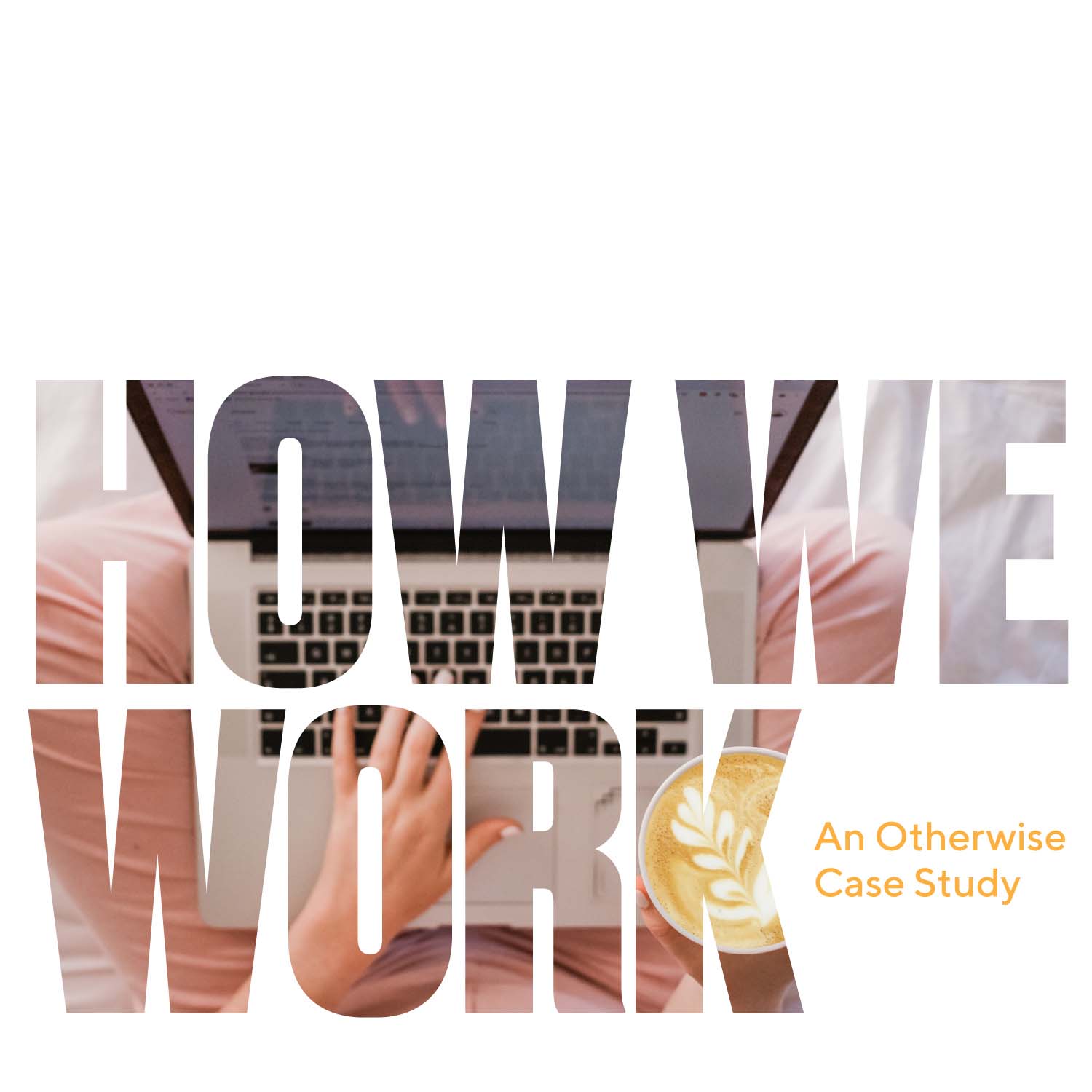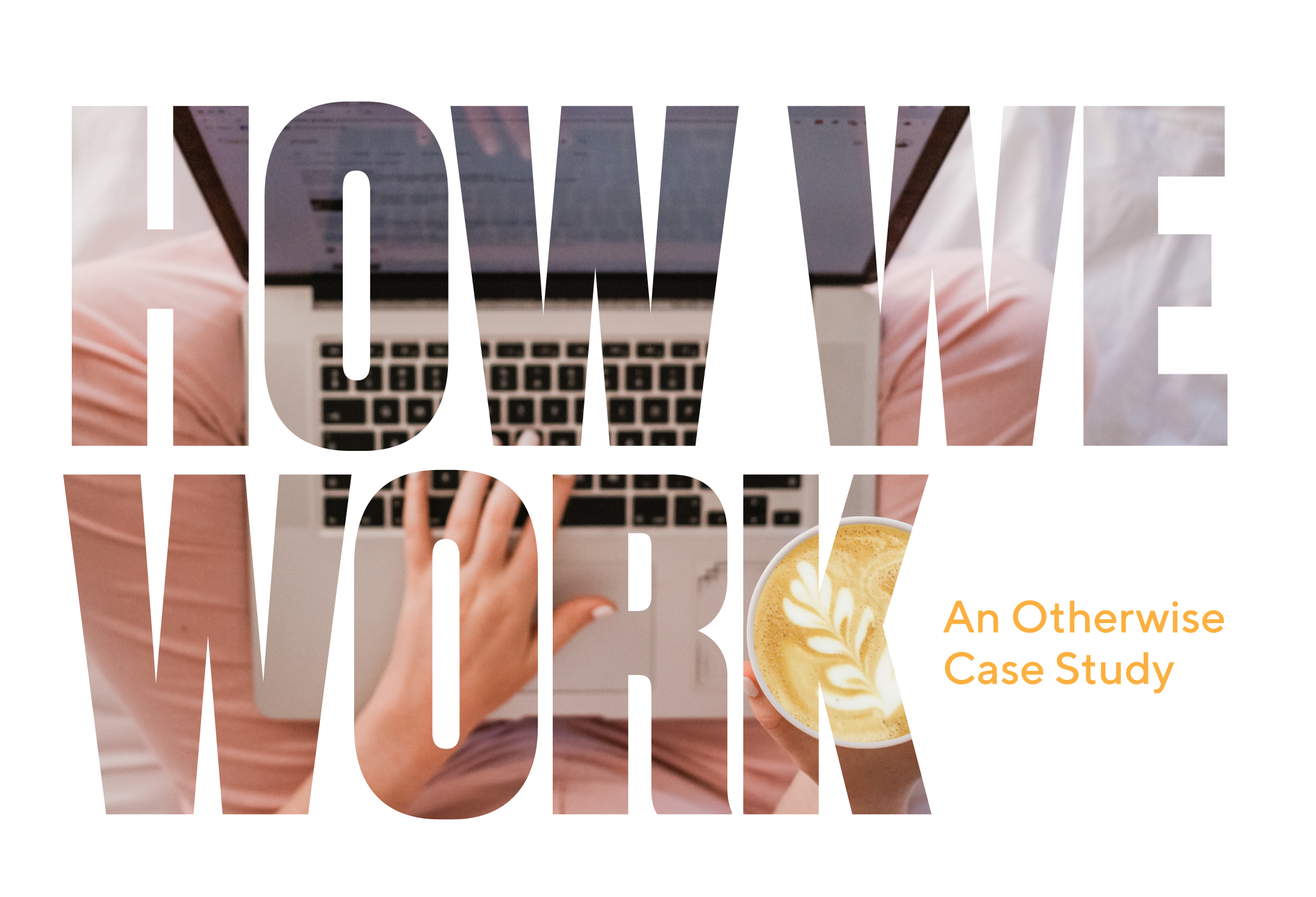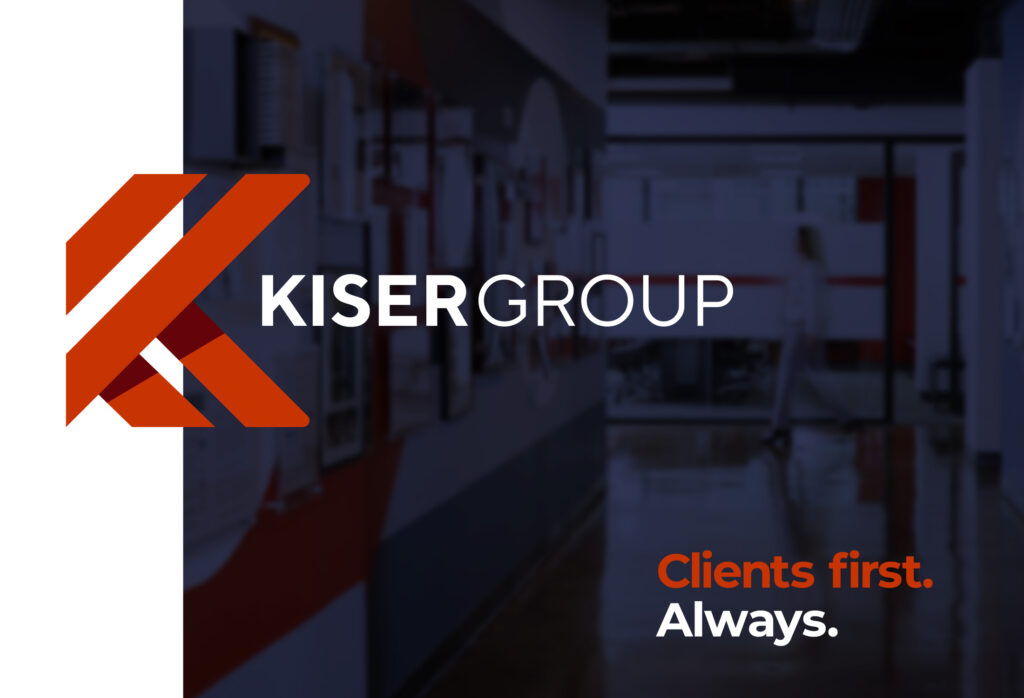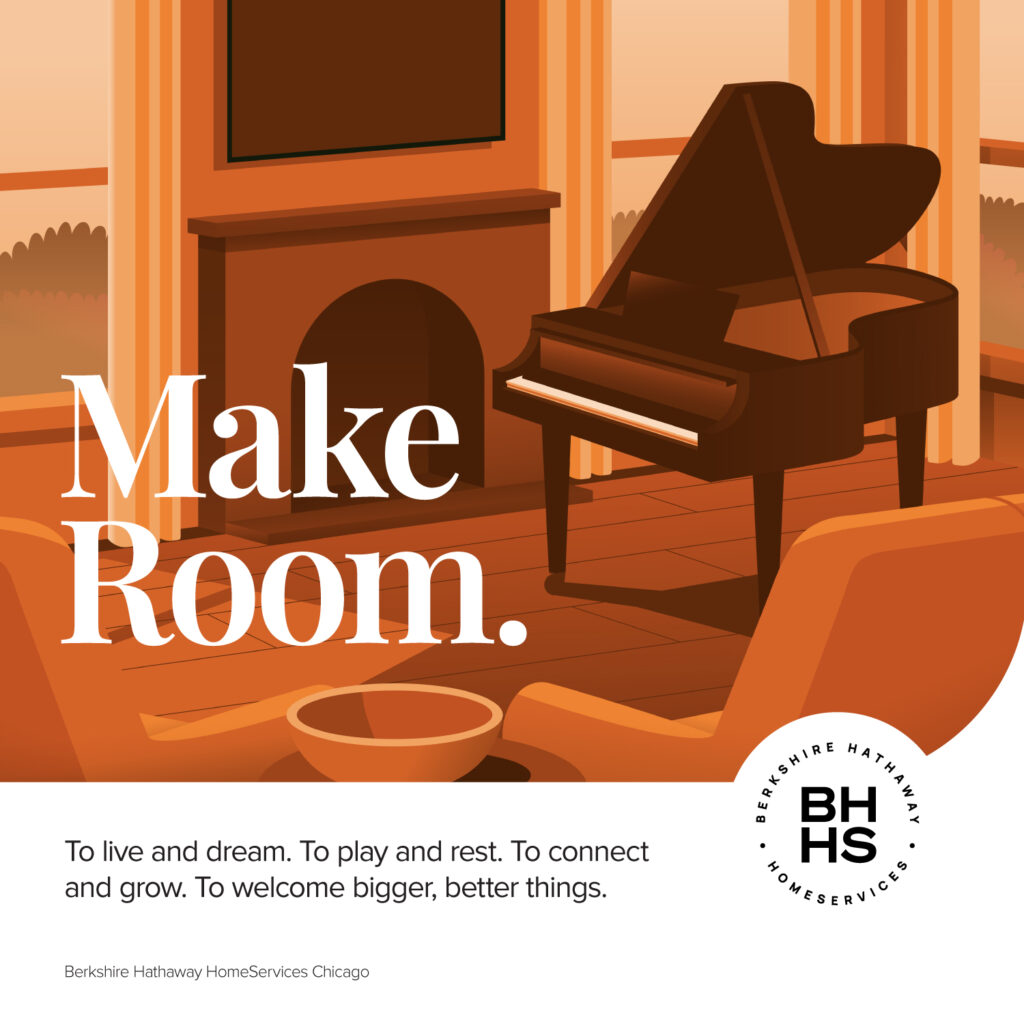How We Work: An Otherwise Case Study


We recently pitched a campaign for a commercial real estate client that was centered around the employee experience rather than the building itself. We knew it was a risky move, but it was a necessary, tuned-in response to the changing ways in which we work. The reality that we’re all too aware of is that events of the past two years have left us feeling upended, uncertain and simply unable to move forward without embracing significant change.
While coworking giants like WeWork and Industrious experience exponential post-pandemic growth, our in-depth analysis of flexible workspaces revealed the need to redefine flexibility altogether. In a recent conversation with our friends at architecture and design firm Eastlake Studio, they emphasized the need to divorce ourselves from the notion that “real work” only happens at a desk — that in order for distributed work models to, well, work, there has to be a marriage between office design and the belief that work can happen anywhere (because it can!).
So that’s what we’ve done at Otherwise. And while it’s easier for a small team like ours to undergo organizational change, we wanted to share our experience navigating this new world of work.
Hunter recently adopted WFH Wednesdays. It’s the perfect midweek reset he needs to stay fresh and motivated. While Nancy is usually on email and Discord by 6:00 am every morning and often takes a more nomadic, work-from-anywhere approach, I prefer the good old office. I’m able to focus better when I’m not taunted by dirty dishes in my kitchen sink at home, and it helps me maintain boundaries between my personal and professional lives. (We’re also looking forward to summer half-day Fridays so we can take full advantage of Chicago’s favorite season.)
You might be thinking, “But Maddie, you still choose to go to the office every day. Why are you a proponent of hybrid work?” The point is that I have the choice and agency to make that decision for myself. I don’t feel tethered to my desk and iMac. I know that if I want to take my laptop to a coffee shop for an afternoon of writing, I have the freedom to do so.
As someone who lives with anxiety, who has left jobs where my mental health was put at risk, and who sometimes requires special accommodations to feel comfortable at work, I can’t express how huge that is for me. This is what we mean when we talk about redefining flexibility — it’s about flexible workspaces and flexible mindsets.
A Forbes article from earlier this year plainly states, “If employers are not fostering an employee experience built on trust and value, there is no hope an individual will want to work for the organization.” Our advice? Keep listening, embrace empathy and offer tangible solutions. People will tell you what they want and need when given the opportunity, so it’s more important than ever to build environments grounded in compassion, care and open communication.
(…and because we’re naturally curious people currently wading through the web3 waters, we can’t wait to interrogate how principles like decentralization will affect traditional workplace hierarchies. But that’s a case study for another time.)








